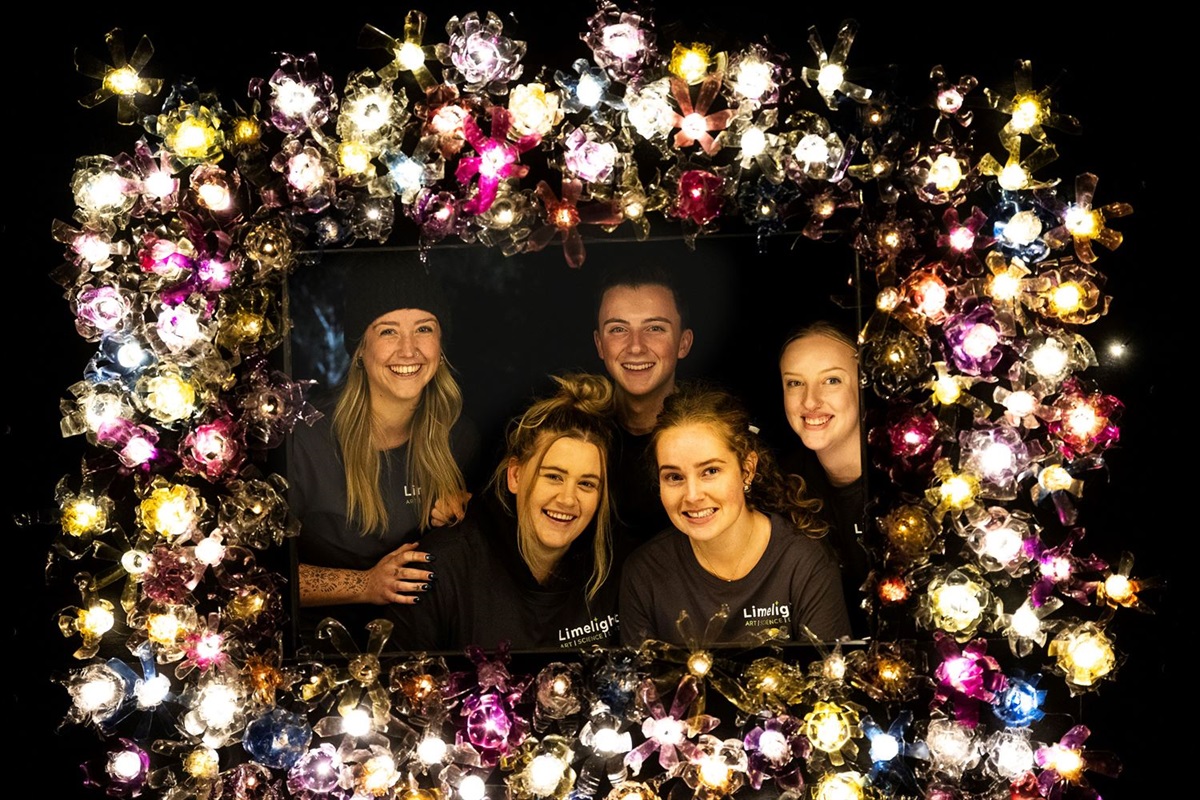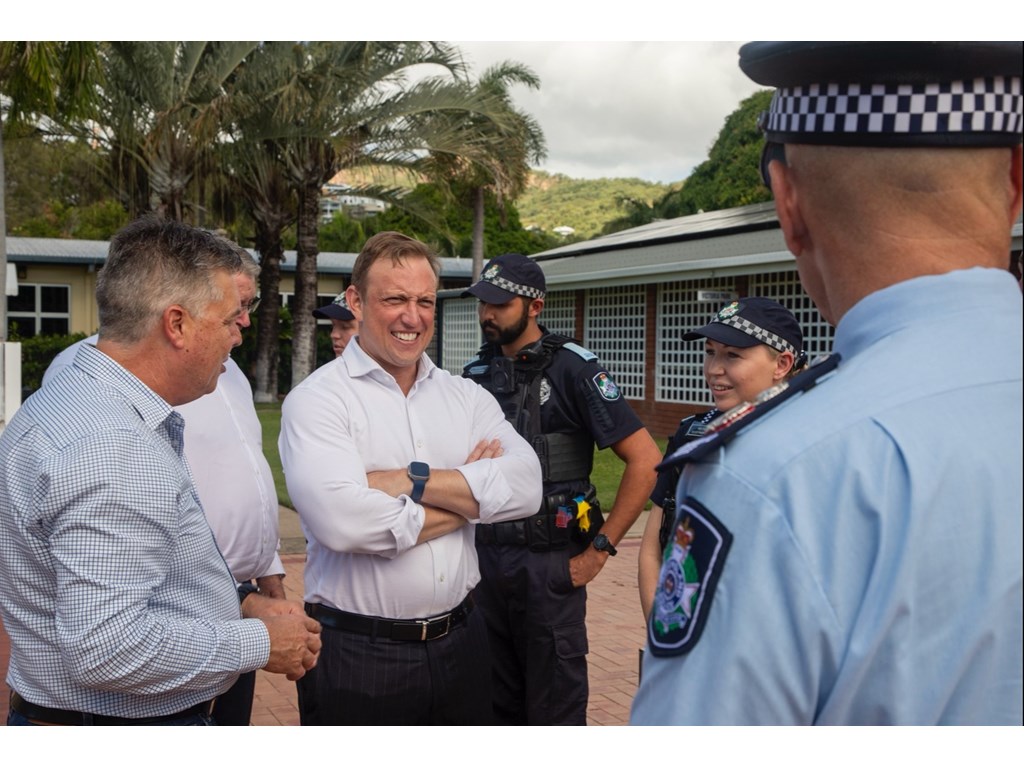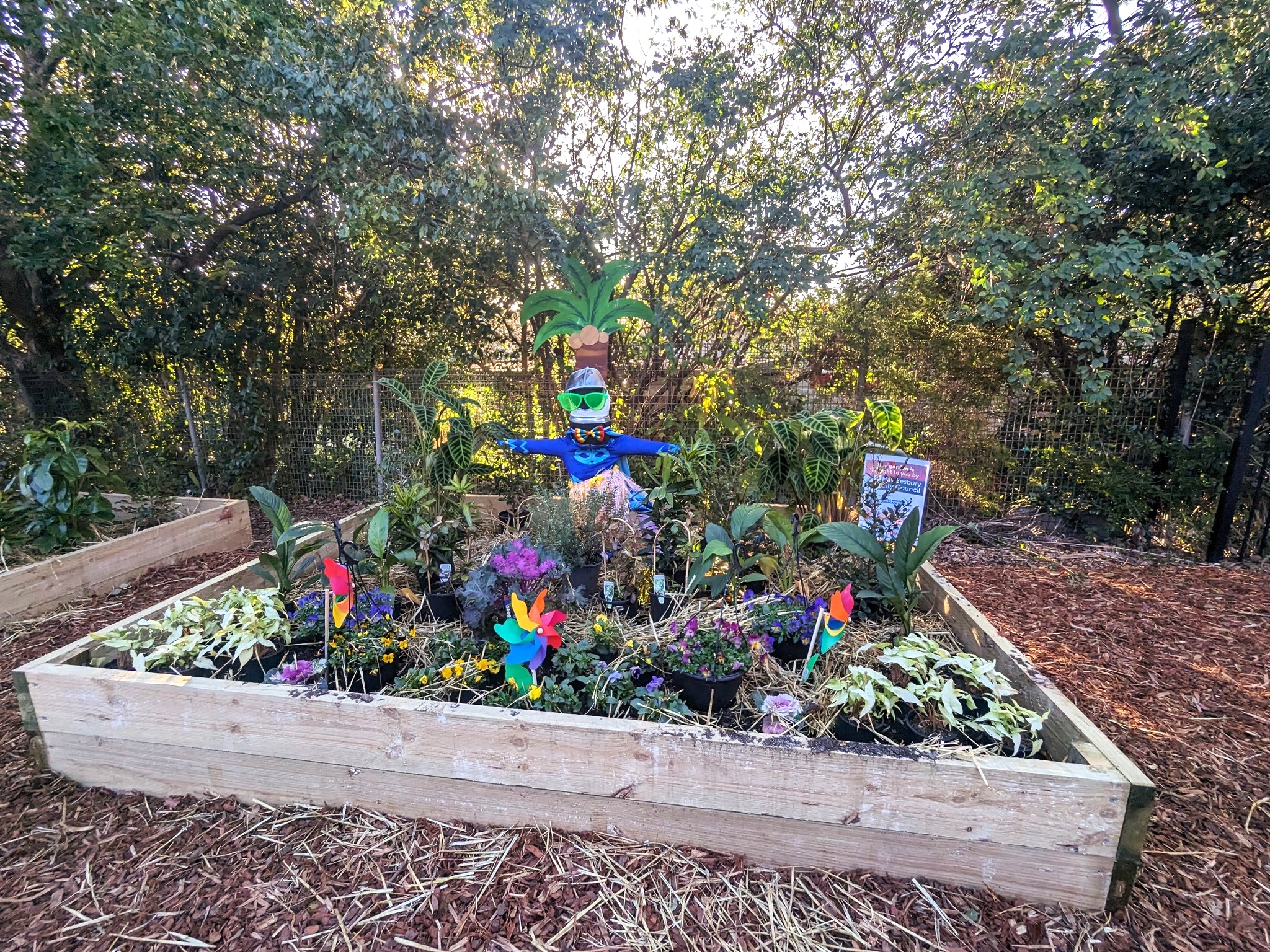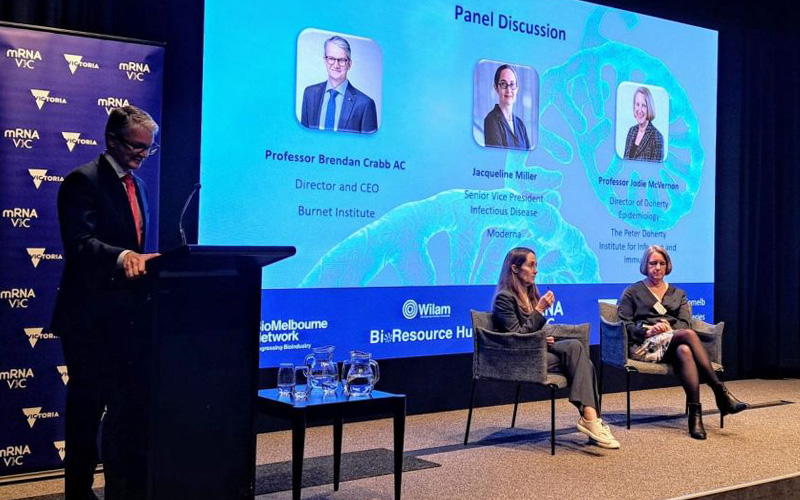Parents of children with physical disabilities often modify child car seats to improve their kids’ comfort. But this decision can have unintended consequences, new research from Neuroscience Research Australia’s (NeuRA) Transurban Road Safety Centre has found – including increasing the risk of injury in a crash.
In Australia, around 8% per cent of children below the age of 15 have disabilities (Australian Bureau of Statistics, 2019), with 2.2% of children reported to have physical restrictions. All young children are required to travel in child car seats, so many parents and carers modify these child restraints with the goal of helping their child travel more comfortably. Adding padding, such as rolled or folded towels, is a common strategy used by parents and carers looking to provide their young passengers with some extra support.
Until now, no studies appear to have examined how this padding affects a child’s safety in a crash. The Transurban Road Safety Centre at NeuRA has stepped in to fill this knowledge gap, conducting world-first crash tests (both with and without padding) to collect data on how seats perform with modifications in place.
The results were confronting – the tests found some common modifications perform poorly in crash conditions. Findings included that:
- Padding wedged under the car seat to recline the child, or placed behind the child’s head, was found to increase head injury risks.
- Soft foam placed around the head and body increased chest injury risks. However, firm expanded polystyrene (EPS) foam, inserted inside the restraint cover – and providing body and head side support – had minimal effect on risk.
- Tightly rolled or secured cloth nappies/towelling around the body had limited impact.
While additional padding for postural support is important for children with physical disabilities, this research highlights the importance of using appropriate materials and placements to ensure child safety during vehicle crashes.
NeuRA’s advice for parents and carers, based on its research findings, is:
- Do
- Consult a health professional before using additional postural support padding.
- Consider using firm rigid (EPS) foam for symmetrical sitting or side head support.
- Consider using tightly rolled cloth nappies/towelling around the child’s body on a short-term basis.
- Ensure all foam or towelling is securely fastened to the child restraint under the cover.
- Use padding as a wedge beneath the restraint to increase recline.
- Place padding behind the child’s head.
- Use soft foam for support padding
Don’t
Our partnership with NeuRA
The Transurban Road Safety Centre at NeuRA is Australia’s only research-dedicated crash test lab. The Road Safety Centre combines world-class research with state-of-the-art facilities and equipment to provide a source of ongoing innovation in the area of road safety research. Learn more about this high-tech lab and our partnership with NeuRA.
Child car seat fittings
Research by NeuRA, Kidsafe and Transurban consistently finds that all child car seats are challenging to fit and use correctly. We recommend all parents and carers get their child car seats professionally checked and fitted.
We partner with Kidsafe to offer free child car seat fittings at various times each year.
Liz Waller, Acting General Manager HSE, Transurban








